When the first settlers reached the borders of what is now Iowa, it must have been a very different world that they saw stretching before them, swaying slightly in the breeze. The prairie grasses ran from one side of Iowa to the other, thick, plentiful, and full of life. The tallgrass prairie was a thing of beauty, a wonderful example of the vibrant life of this country’s heartland. It showed just how idyllic the country could be when it was left alone. Unfortunately, as more and more people poured into Iowa from the east, the prairie could not survive. It was trampled on the way to agricultural and industrial success.
 Before the farms, businesses, and settlers all combined to destroy as much of it as they could, the prairie supported a vast array of wildlife. To some extent, this is still there today, though in much smaller numbers. As far as grasses are concerned, there is Indiangrass, Big Blue Stem, Little Blue Stem, and Switchgrass. The animals that live among these grasses include bison, elk, grouse, prairie chickens, and bobolinks. Badgers and gophers also live there, burrowing into the fertile land.
Before the farms, businesses, and settlers all combined to destroy as much of it as they could, the prairie supported a vast array of wildlife. To some extent, this is still there today, though in much smaller numbers. As far as grasses are concerned, there is Indiangrass, Big Blue Stem, Little Blue Stem, and Switchgrass. The animals that live among these grasses include bison, elk, grouse, prairie chickens, and bobolinks. Badgers and gophers also live there, burrowing into the fertile land.
What really caused the end of the prairie was the steel plow that was invented by John Deere. Before that, farms had stayed small. They had stayed under control. It was impossible for them to grow too large because of the sheer amount of work that it would take with rudimentary tools. There were many farms owned by these early Iowans, to be sure, but they were spread out with huge areas of prairie grasses between them. When the steel plow came onto the scene, farms grew and people decimated the prairie in the name of profit.
It took only one generation for ninety-nine percent of the tallgrass prairie to be destroyed. The grasses and other plants were ripped up and plowed under. They were destroyed forever since, with the prairie plants gone, there was no longer any way for the seed to spread. That vast beauty that the first settlers must have seen was reduced forever to a thing of the past, a thing impossible to recapture. The steel plow was to blame, to some extent, but the real villain was actually the people’s greed, combined with their ignorance when it came to preservation and conservation. 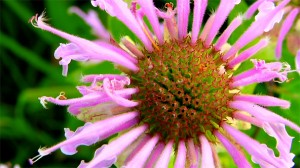
These are the two things that people must strive for in the modern area. There is now much more public knowledge about both preservation and conservation. People understand how these things work and how there can be a balance between natural land and farm land. There needs to be a conscious effort on the part of all people in Iowa to keep the little bit of natural land that is left. There is, after all, only one percent of the prairie still alive. This is great for nature preserves, for nature filmmaking, and for the wildlife that has managed to survive in this unique habitat, but it too will be lost without the proper knowledge and action.
This short film is about spending a day in a tallgrass prairie near my home and being thankful that some of the prairie still exists for me to explore.
And as always, shoot the ordinary and make it extraordinary!


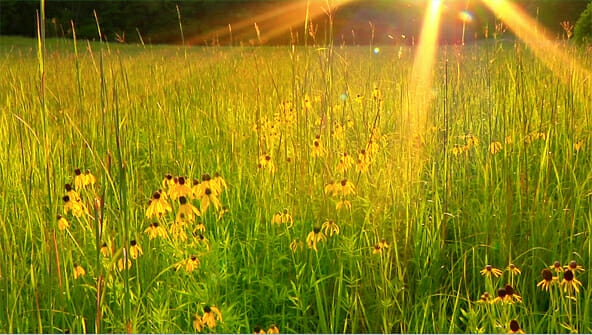

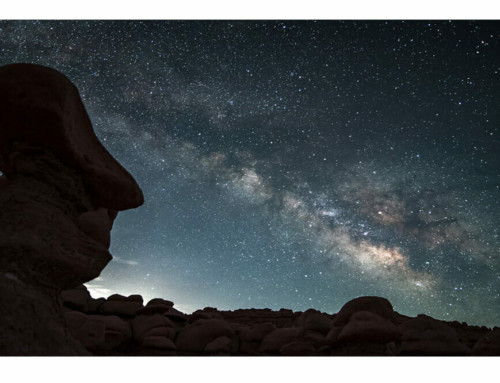
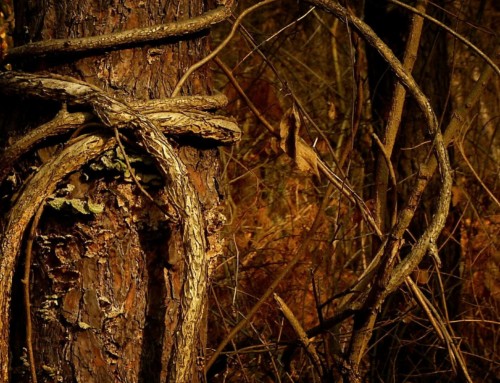
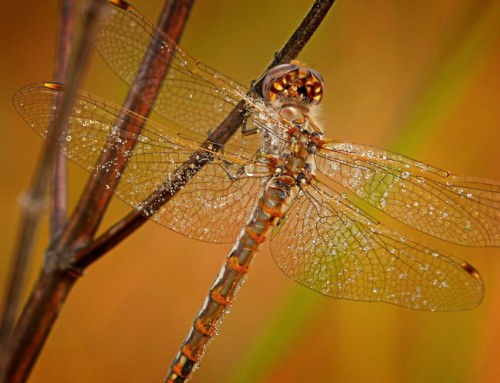
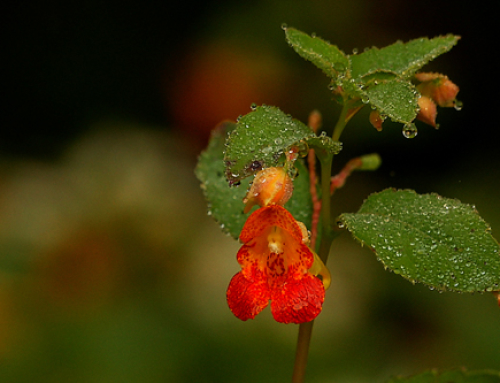
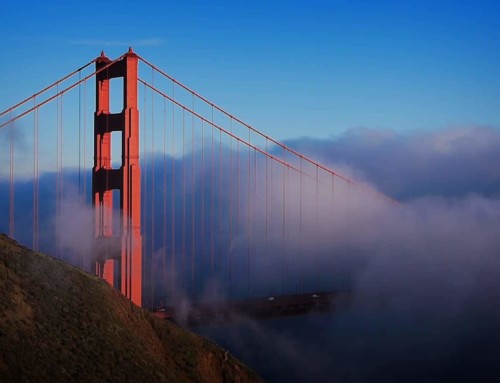
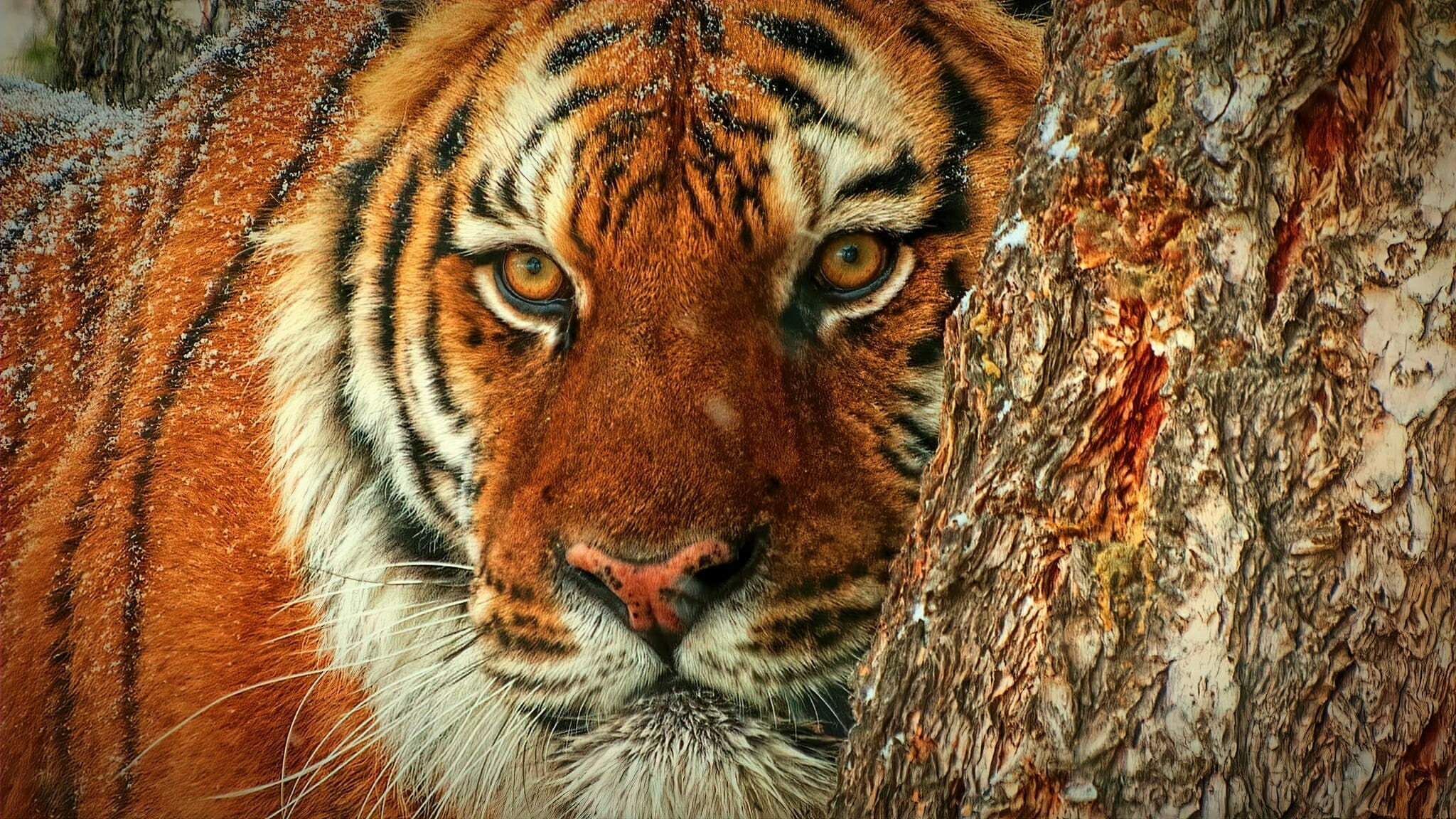
Leave A Comment
You must be logged in to post a comment.